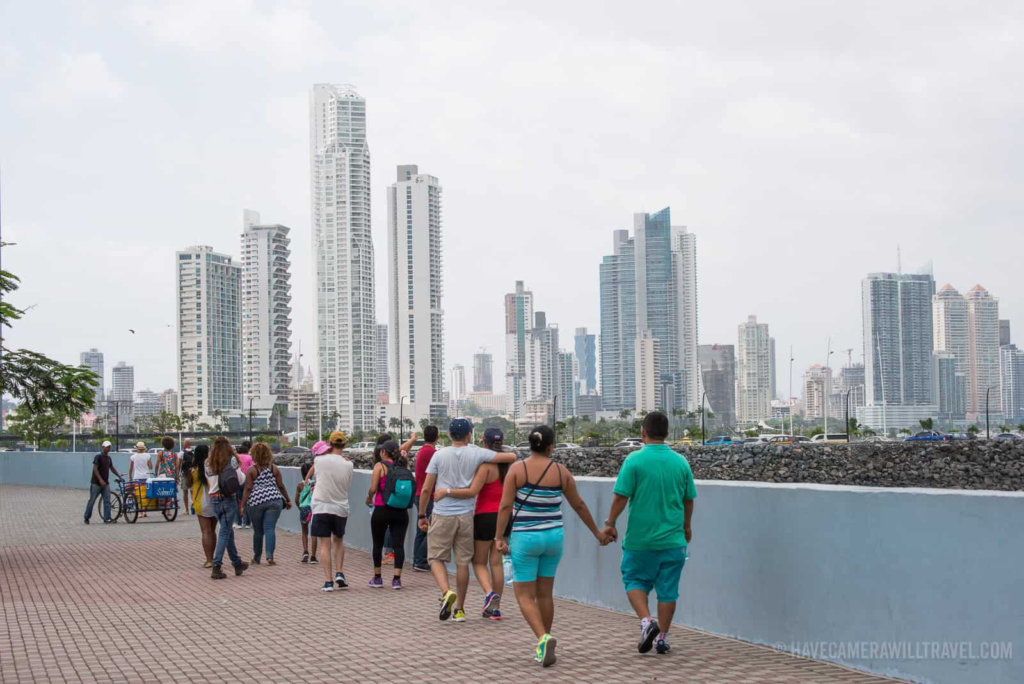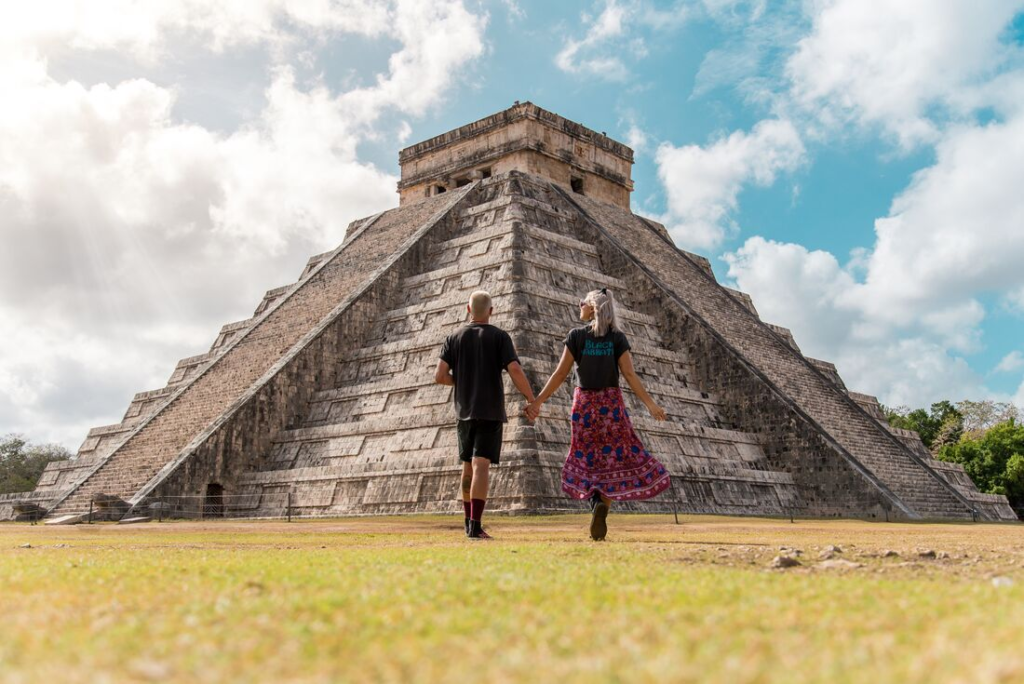Why U.S. Retirees Are Flocking Abroad: Top Countries to Settle In
More U.S. retirees are packing their bags and heading overseas. The numbers are growing. They’re still a small fraction of all retirees, but it’s a trend worth noticing. Many chase tropical vibes and cheaper living—think Brazil, Mexico, or Spain. Some settle permanently. Most keep their U.S. citizenship, especially for Social Security benefits. Moving abroad isn’t simple, though. Take Brazil—it might mean navigating immigration for a retirement visa.
Curious if this could be you? You’re not alone. Why do retirees take this leap? Let’s break it down.
Cost of Living: Stretching the Dollar
Living abroad can be a financial game-changer. Many countries offer a lower cost of living than the U.S. Retirees get more bang for their buck. Fixed incomes go further—sometimes delivering a better life than they had working stateside. It’s the top reason people consider the move. The strong U.S. dollar helps, too. Housing’s often cheaper overseas. But watch out—some American staples like milk might cost more. They’re often imported. Perishable goods can also get pricey due to shipping. Expats weigh their needs carefully. Adapting to local food and customs? Most embrace it. Some struggle more than they expect.
Quality of Life: Slower, Simpler, Better
Certain countries promise a richer life. Think better infrastructure, cleaner air, less stress. Retirees crave that laid-back vibe—especially in small towns. Rent a house, walk everywhere, ditch the car. City chaos fades away. They feel calmer, stay active. Lower costs sweeten the deal. Eating out, museum trips, even travel back to the U.S.—suddenly affordable. It’s a lifestyle upgrade many couldn’t swing stateside.
Healthcare: Affordable and Accessible
Healthcare’s a big draw. Some countries boast top-notch systems at a fraction of U.S. prices. Government-funded or just plain cheaper—it varies. Routine care can be dirt cheap. Retirees often pay out of pocket locally. But there’s a catch. Social Security works abroad; Medicaid and insurance usually don’t. Some return to the U.S. for checkups. Others lean on local options—or mix both. Research is key.
Climate: Sunshine All Year
Warm weather lures retirees abroad. Tired of snow and clouds? Countries with tropical or Mediterranean climates deliver endless summer. Think palm trees, not shovels. It’s a top priority for many—akin to snowbirds heading south, just farther.
Adventure: A New Chapter
Retiring overseas is a thrill. New cultures, new faces—it’s a fresh start. Many who move were globetrotters already. Now, they hike, explore, and mingle into their golden years. Social scenes in these countries keep them buzzing—daily walks to markets or cafes beat staying cooped up.
Panama: The Retiree’s Dream Deal

Why It’s Hot: Panama tops the charts for a reason. It’s got a killer retiree visa—some call it the world’s best. The process is smooth, and the perks are real: discounts on flights, theater, even meds. Healthcare’s modern and cheap—pensioners over 55 or 60 score 20% off prescriptions. Plus, the cost of living is a steal. A strong U.S. dollar stretches far here.
Living There: Rent a place in a small town or Panama City—walkable, relaxed, affordable. Quality of life shines with tropical vibes and solid infrastructure. English isn’t everywhere, so a little Spanish goes a long way.
Key Considerations: You need $1,000 monthly income (like Social Security) to qualify—add $250 per dependent. Flights back to the U.S. are quick. Healthcare’s a bargain, but Medicare won’t follow you.
How to Move: Apply for the Pensionado Visa through a Panamanian lawyer. The Embassy of Panama’s site lays it out in English. Bring proof of income and patience—it’s worth it.
France: La Vie en Rose for Less

Why It’s Hot: France screams romance—fine wine, epic museums, dreamy beaches. But it’s practical, too. Healthcare’s world-class and mostly government-funded. Outside Paris, costs drop—think $1,100 rent for a family pad. The laid-back countryside or coastal towns beat U.S. hustle any day.
Living There: Sip coffee in a village square or stroll Paris streets—your pick. Retirees love the slower pace and cleaner air. Extra cash from lower costs means more museum trips or U.S. visits.
Key Considerations: You’ll need $1,073 monthly as a single, $1,666 as a couple. The U.S.-France tax treaty keeps your 401(k) safe. French bureaucracy’s a beast—English fades outside cities.
How to Move: Grab a Long-Stay Visa for Retirement at a French consulate. Show income, get health insurance (no travel policies), and renew yearly. Bon voyage!
Malaysia: Big Value, Easy Living

Why It’s Hot: Malaysia’s a budget champ. Rent in Kuala Lumpur? $300–$500. Utilities? $40–$60. Healthcare’s top-notch—modern, affordable, English-speaking staff. Your money’s tax-free when you bring it in. Plus, it’s a cultural mash-up with food to match.
Living There: Settle in Penang or Malacca for a chill vibe and expat crews. No car needed—public transport rules. Retirees live large on less, soaking in tropical ease.
Key Considerations: It’s humid 24/7—seasons don’t shift. U.S. flights take 20+ hours. You’ll need $35,883 in a bank or $2,350 monthly income for the visa.
How to Move: The Malaysia My Second Home (MM2H) visa is your ticket—renewable, retiree-friendly. Prove your finances, deposit cash, and you’re set. English signage makes it a breeze.
Spain: Sun, Food, and Siestas

Getty
Why It’s Hot: Spain’s a retiree classic—warm weather, killer healthcare, and paella perfection. Cities like Valencia and Malaga top expat lists. Costs are low—$2,600 monthly gets you in. Pick bustling Madrid or a quiet coastal village—options galore.
Living There: Walk to markets, nap in the sun—stress melts away. Healthcare’s cheap and reliable. Lower costs free up cash for tapas or U.S. trips. English dips outside big cities, though.
Key Considerations: Taxes vary by region—over 183 days, you’re a resident. Spanish is king; Catalan or Basque pop up regionally. Dinner’s late—8:30 p.m. or bust.
How to Move: The Non-Lucrative Visa (NLV) fits retirees. Hit your consulate with income proof and Spanish insurance. Paperwork’s heavy—book appointments early.
Mexico: Close, Cheap, and Charming

Why It’s Hot: Mexico’s a hop from the U.S.—perfect for part-timers. It’s affordable, with expat hubs like San Miguel de Allende. No inheritance tax, and residency’s flexible. Netflix and Amazon work here, too—homey yet exotic.
Living There: Colonial charm meets slow-paced days. English-speaking communities ease the shift. Stretch your dollar on rent, food, even healthcare—routine visits are pocket change.
Key Considerations: Crime’s real—24 homicides per 100,000 in 2023. Petty theft’s more common than cartel drama. You’ll need financial proof for longer stays.
How to Move: Stay 180 days visa-free with a visitor’s permit. For more, snag a temporary or permanent resident visa—show your income, and you’re golden.
Why They Go
Cost, climate, quality of life—these drive the exodus. Some chase family ties or heritage. Since late 2024, moving-abroad sites report a boom in interest. It’s no blip. Retirees want more—more sun, more savings, more adventure. Thinking of joining them? Check visas, healthcare, and your gut. Your best years might glow brighter overseas.